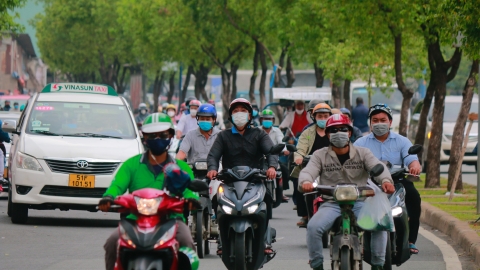The Mong ethnic cultural village is located right in the Dong Van stone plateau, in Pa Vi Ha village, Pa Vi commune, Meo Vac district, Ha Giang province. The total area is more than 46,000 m2, including 3 main areas with nearly 30 households living and doing community tourism.
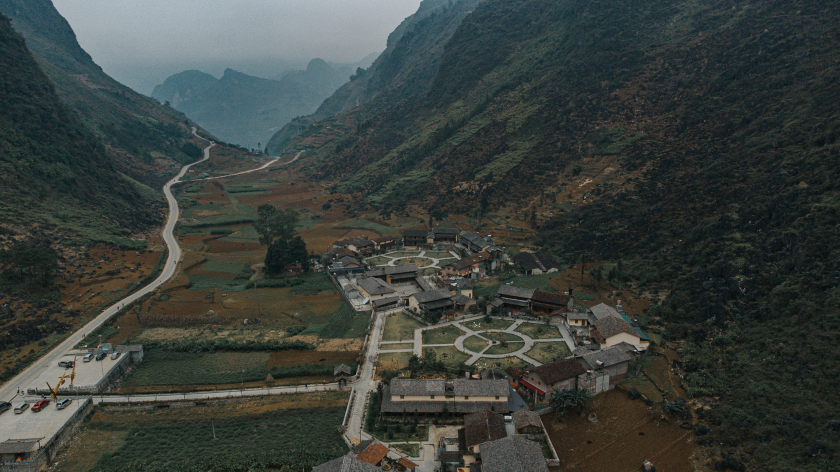
The unique three-peach blossom architecture of the village brings a wild, ancient beauty.
The village has a cultural house, an exhibition house in the traditional model of the Mong people, and a hexagonal playground, used as a place for traditional cultural and artistic performances to preserve and promote Mong ethnic culture.
Photographer Nguyen Thanh Luan, who took photos of the Mong ethnic cultural village during his trip to Ha Giang, shared: "The most special thing is that this complex forms two beautiful octagonal shapes when viewed from above. Surrounded by towering stone plateaus, the ancient flat roofs create a majestic cinematic look."
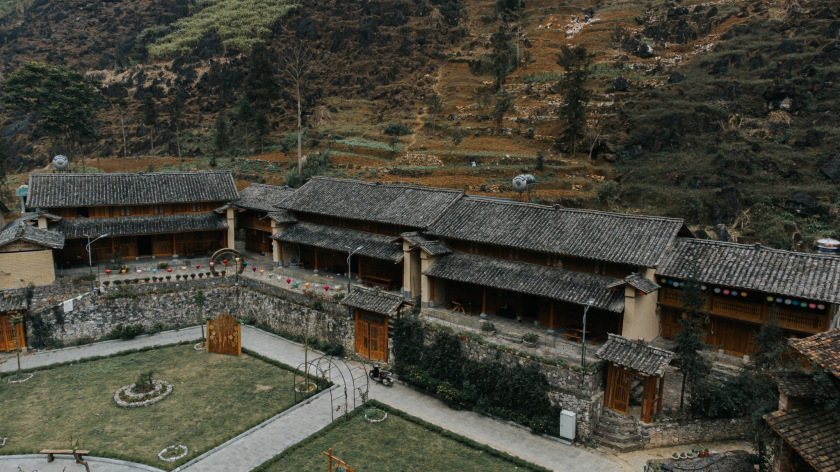


Mong ethnic cultural village is a complex of homestay, cafe, restaurant... located in Meo Vac, built entirely in the architectural style of ancient rammed earth houses.
Decorated in the architecture of 3 peach blossoms, each flower is arranged by 10 houses with clay walls and yin-yang tile roofs in the Mong style. The Mong ethnic cultural village has now become a destination not to be missed when coming to Meo Vac district, Ha Giang.
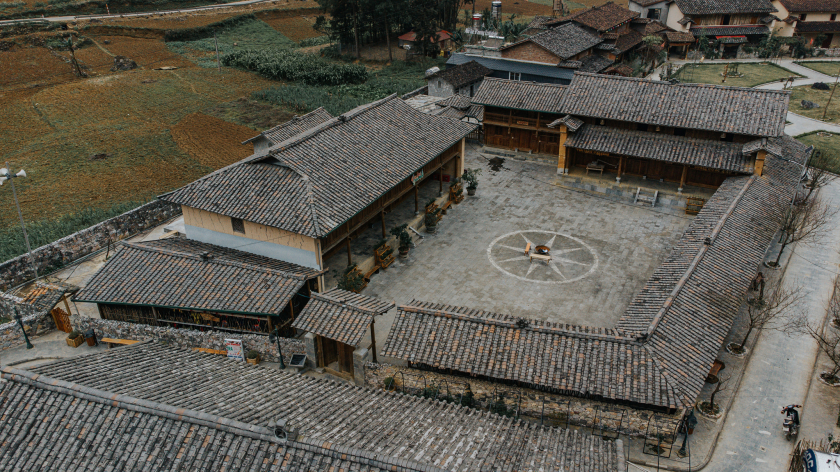
Pa Vi villagers also promote their ethnic traditional cultural identity in community tourism.
The village includes main items: a traditional 5-room cultural house and a 3-room product display designed in the style of a wooden frame house; a 2-storey rammed earth house with a yin-yang tiled roof; a parking lot; a playground and other service items to meet the accommodation and experience needs of visitors here.

The Mong ethnic community cultural tourism village model is located right on the campus of Dong Van stone plateau in Pa Vi Ha village, Pa Vi commune, Meo Vac district, Ha Giang province.
"Although it has only been in operation for about two years, everything here is extremely neat and orderly. It is a testament to the fact that if we know how to do tourism seriously and have a plan, our country is not inferior to any place in the world," said photographer Nguyen Thanh Luan.
If you come here on the weekend, you will have the opportunity to experience the market where local products, traditional dishes, typical costumes of the Mong people... are sold at the market, you will definitely have a memorable experience of the culture here.
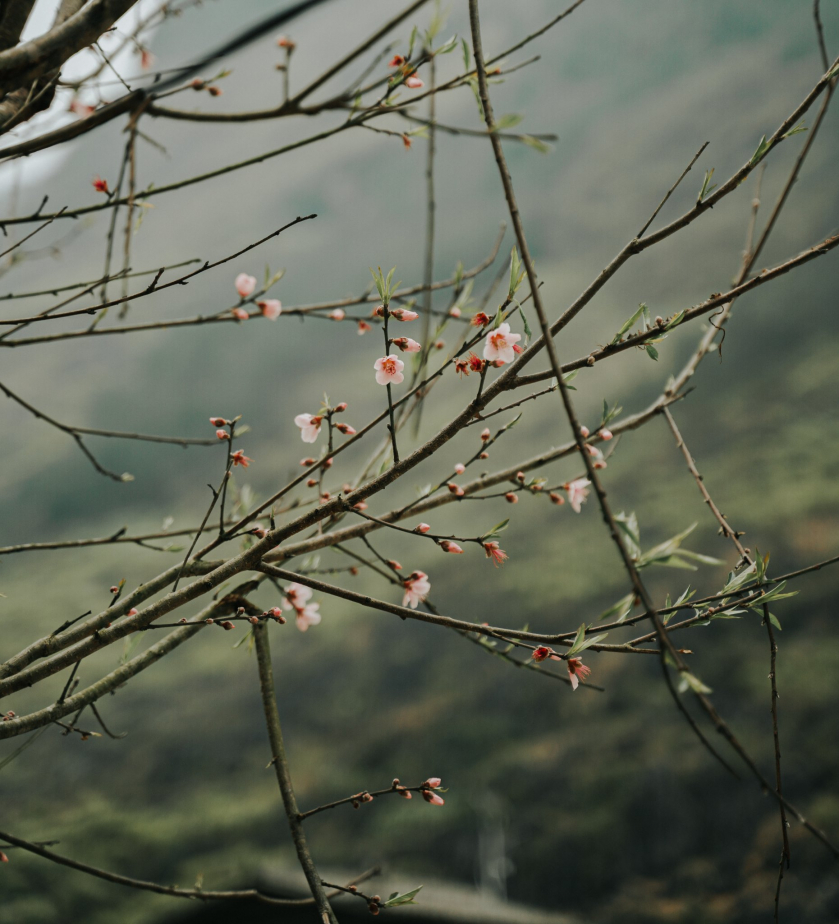

Peach blossoms and plum blossoms bloom together
In order to attract tourists, in addition to the unique architecture, the village has built many homestays, coffee shops, and souvenir booths such as brocade, daily living items of the Mong people... creating a complex serving tourists to visit, experience and relax.

The space is imbued with the cultural identity of the Mong people with traditional houses and honest, kind people. This is also one of the places that tourists always love when setting foot on the land of the Fatherland.

If you have the opportunity to visit Meo Vac district, don't forget to experience the culture and take a photo set in this beautiful, cinematic village of Mong ethnic culture.
In addition, the Mong people also demonstrate their traditional cultural identity in developing community tourism. Coming here, visitors will witness and experience or admire unique brocade products made by the skillful hands of ethnic people such as weaving, sewing hats, dresses... or enjoy rustic dishes with the flavor of the mountains and forests.
Traditional festivals and folk art forms are preserved and promoted by the people such as: the rain-praying festival of the Lo Lo ethnic group, the Gau Tao festival of the Mong ethnic group, the drum dance festival of the Giay ethnic group, the Cap Sac ceremony of the Dao ethnic group...

Romantic scene at Mong ethnic cultural village
With its majestic and mysterious beauty, the Mong ethnic community cultural tourism village is definitely a destination not to be missed when visitors set foot in Ha Giang.



























